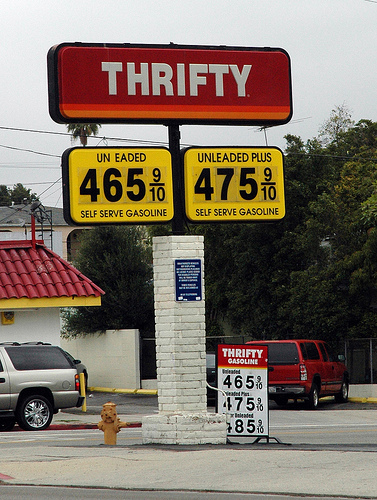Good Transit Saves American Households $1,575 Per Year
 To be really thrifty, invest in transit, new research shows. Image: Marshall Astor via Flickr.
To be really thrifty, invest in transit, new research shows. Image: Marshall Astor via Flickr.High quality transit in large American cities is saving households an average of $1,575 per year, according to new research by Victoria Transport Policy Institute director Todd Litman [PDF]. That’s not even counting indirect benefits like reducing congestion or improving health. It’s simple math, with the price of fares and the cost of providing high-quality transit infrastructure and service on one side, and spending on roads, cars, gas and parking on the other.
Conventional economic evaluation of transportation only compares the cost of building transit to the cost of building roads, Litman says. But when it comes to providing choices for how to get around, what matters to most people is the effect on their wallets. Paying for transit through fares or taxes is a bargain if it means you don’t have to pay for a car or a garage.
The analysis compares transportation costs in the seven American cities with high-quality transit (New York, Washington DC, Boston, San Francisco, Chicago, Philadelphia and Baltimore) to transportation costs in other large cities.
It’s worth noting that Litman’s numbers are averages, so while many households save with a high-quality transit system, some end up paying more than they would otherwise. If every household saved $1,575 from transit, there would probably be a lot less support for car infrastructure.
Litman’s research adds to the body of evidence disproving the argument that transit investment isn’t worth the expense compared to spending on car infrastructure. Quite the opposite, in fact.

